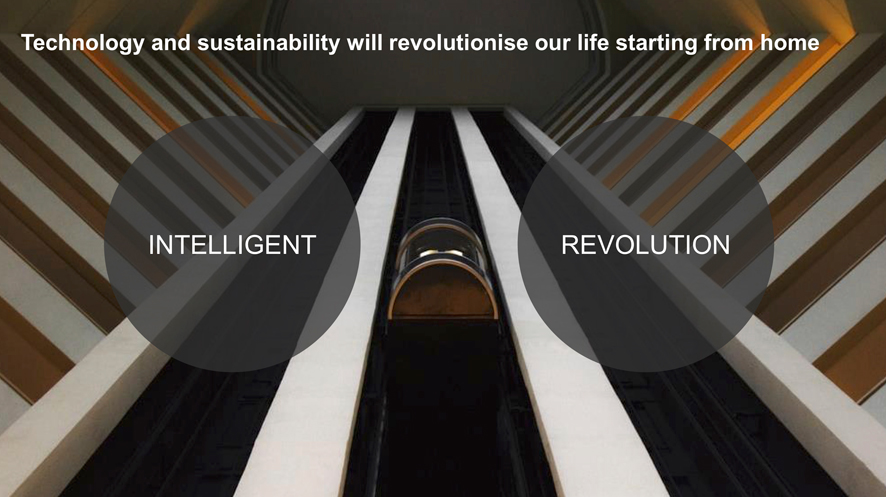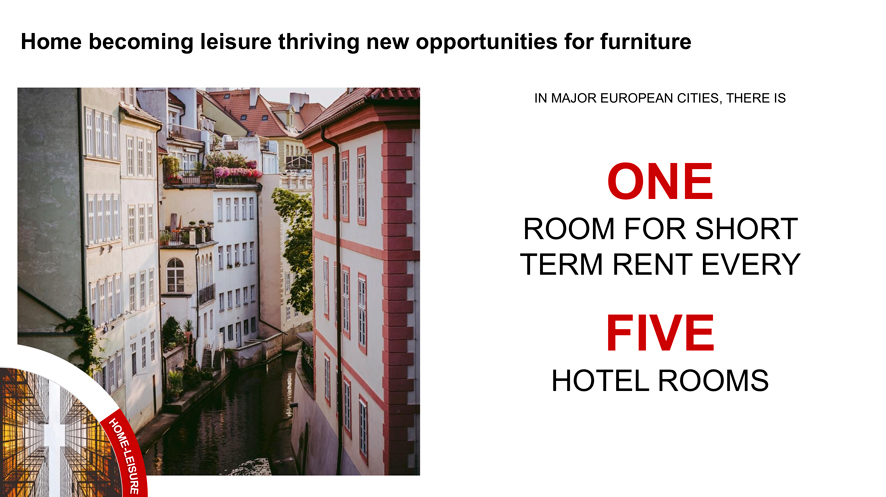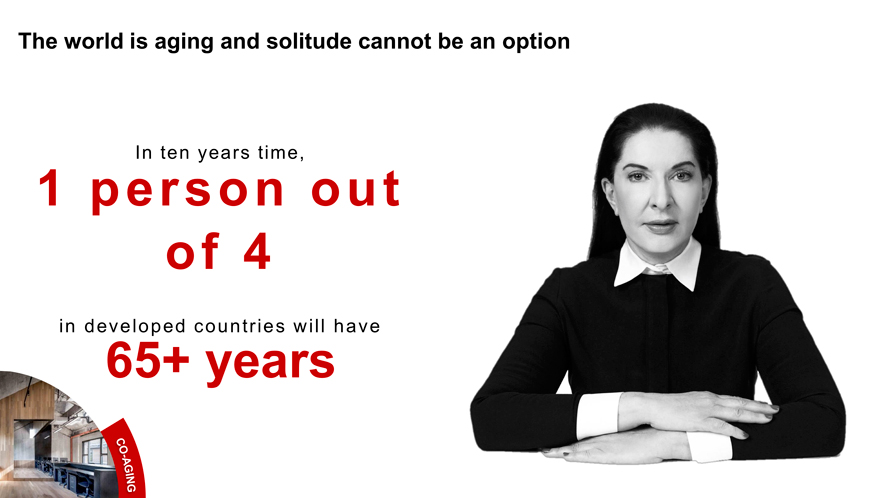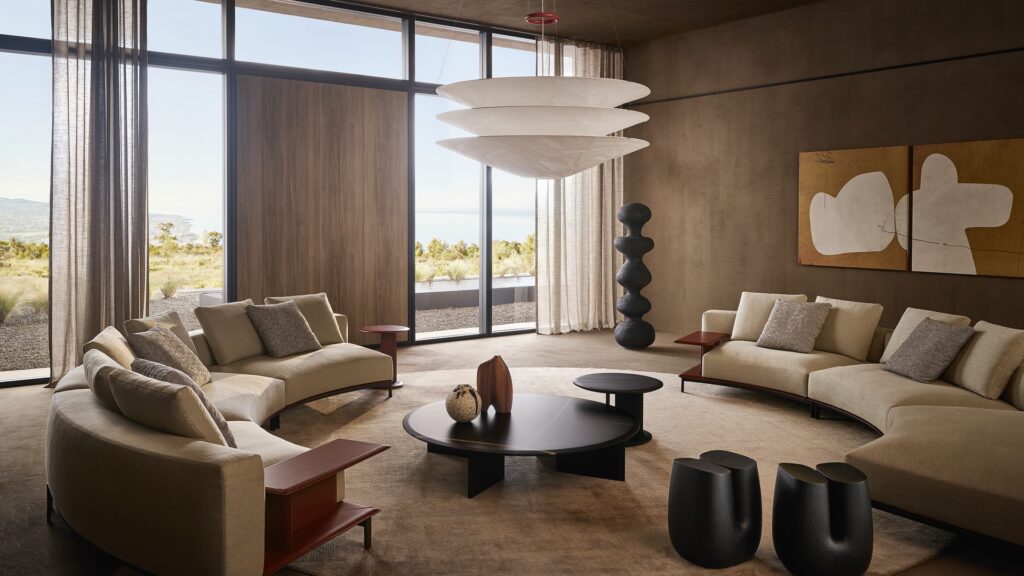At Next Design Perspectives 2019, Claudia D’Arpizio from Bain & Company illustrated possible future trends in the high-end furniture market
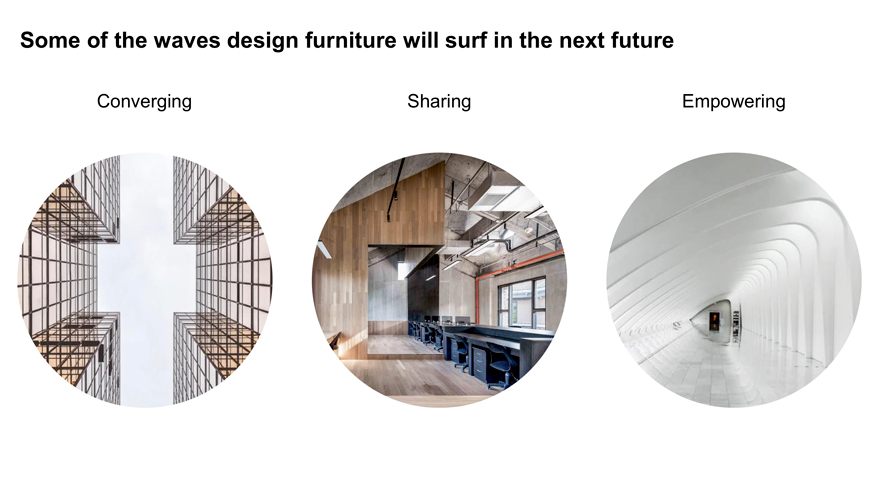
Although trends in the furniture sector take more time to develop, it is interesting to meet those who anticipate trends, in order to understand their possible future developments. Keeping in mind, as D’Arpizio explained at the end of her speech, that a trend may suggest macro-orientations but the development of a company is based on continuous experimentation.
Furniture trends in 2019: home and office, hybrid functions
One trend that has emerged in recent years is the increasing hybridization of functions. According to Bain & Company’s research, every day we spend 40% of our time at home, 40% in the workplace, and 20% in leisure facilities.
Therefore, since we spend a lot of time there, we need good quality workspaces. However, we should also consider our home from a different perspective as it is a space that hosts functions that it did not use to host, such as work, with the home office, and sometimes even the gym.
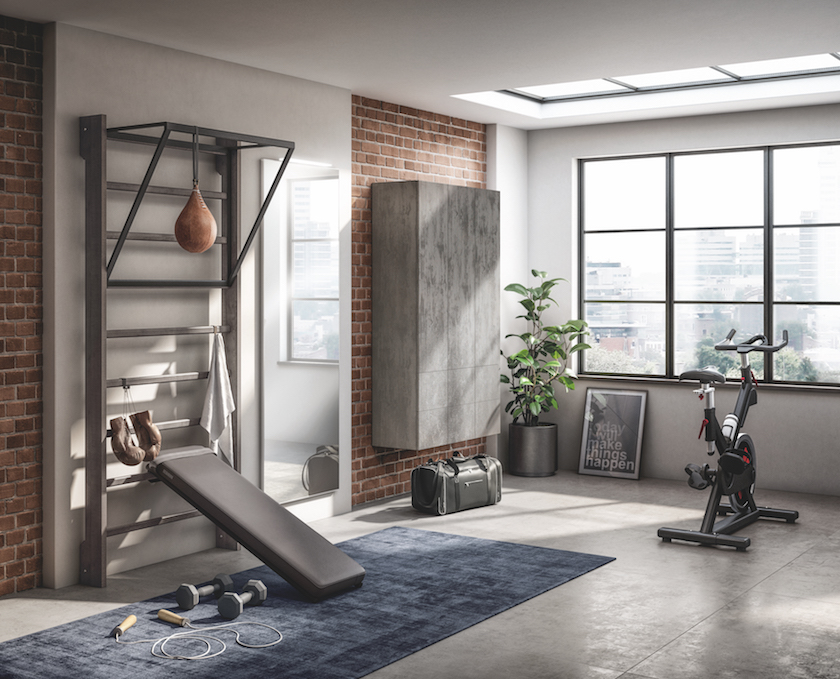
The most immediate consequence of this trend is the increase in hybrid furniture products, able to perform more than one function. We have already seen the living area becoming one with the kitchen, and in some cases, the bathtub in the middle of the living room. However, the home office is more structured and leads to the transformation of the layout of the home. Similarly, office spaces must adapt to new habits, of which co-working is the most apparent aspect. As shared spaces increase, so does the need for spaces dedicated to private conversations and closed-door meetings.
Read also Next Design Perspectives 2019: The future of creativity and design
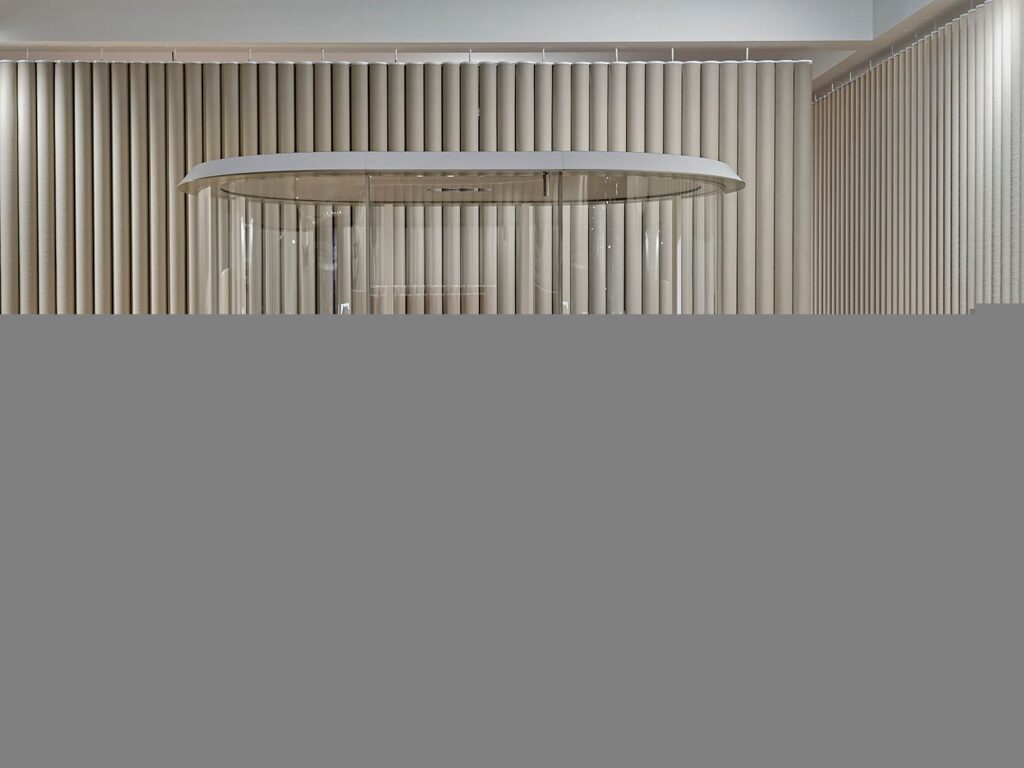
Discover the project for the contemporary office by IOC Concept
The domestic living space, therefore, will increasingly look for complex solutions, and increasingly less individual furnishings. This also applies to the other key trend, hybrid hospitality. We tend to go more on holiday and to choose big cities. According to statistics, one hotel room every 5 is rented as temporary accommodation in an apartment. Owners of short term rentals will increasingly look for solutions guaranteeing ever flawless furniture. Trends from 2020 onwards, therefore, suggest that we should start thinking about furniture as something repairable and easily replaceable, because everything must always be fully functional, fresh and attractive.
The community: the new trend
The population is ageing, and this is a fact: in the Western world, one in four people is 65+, and this rate is set to increase. Considering the ageing population and the changes taking place in society, the number of people choosing to live in homes where some spaces are shared is rising. The condominium becomes thus a new challenge, also for furniture manufacturers. In newly designed condominiums, there are several communal areas, such as living areas, gyms, and even some services, such as the laundry or the kitchen, in addition to private spaces, such as the bathroom, the bedroom, the closet. This provides a doubtlessly fertile ground for the contract industry, which can manage complex projects.
The design furniture market: what future awaits it?
Let’s see some numbers related to the furniture industry, in particular to the high-end design range, the ‘branded’ segment. This market segment is worth 55 billion dollars, on a total market of 450 billion (production value). It is a niche that includes small companies, mainly European, that have great untapped potential, given mainly by the high value expressed in terms of culture and research, through the brand.
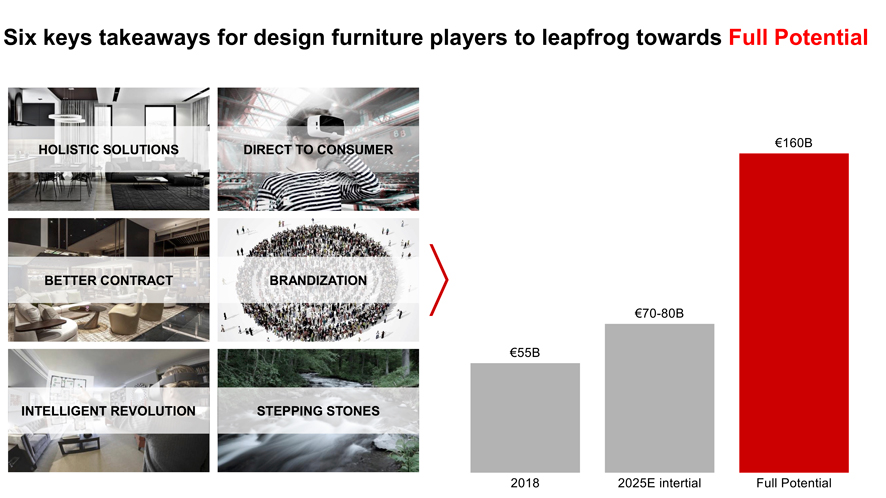
In recent years this sector has grown by 4/5% every year, a balanced inertial value for a product characterized by long times in terms of purchase, replacement as well as production and innovation. Moreover, statistics show the growing importance of Asia and emerging markets, the importance of the contract sector and, last but not least, the importance of the direct contact with the end consumer, relying mainly on stores and in a definitely lower percentage on e-commerce.
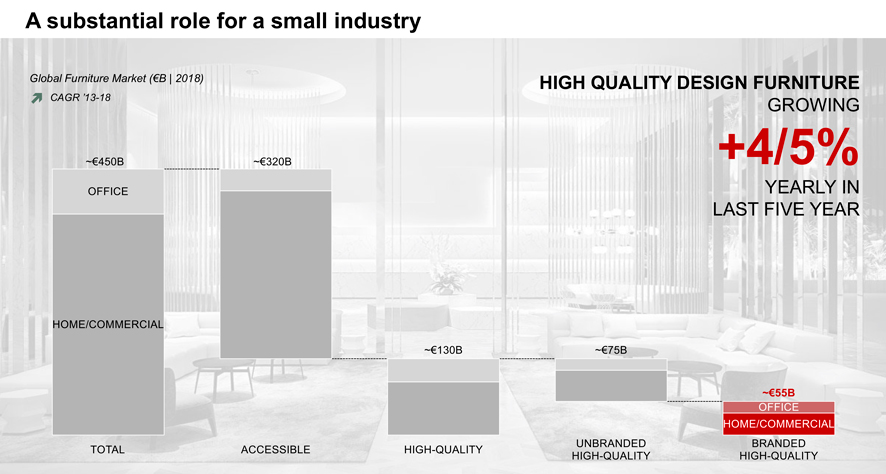
The brand and the quality of the service
‘Branded’, top range products, however, could triple these growth trends taking advantage of the space left by other market segments. The power of the brands has not been fully expressed yet, and the link between the value of the brand and the quality of the service is still missing. Furniture is a complex product that needs assistance and maintenance, even more so if it is an expensive and refined product. Therefore, it is natural to purchase something where it is easier to receive assistance if needed. On the other hand, if you buy from Italy, for example, you are always afraid of not having anybody to refer to. Therefore, companies must have reference stores or showrooms in the areas where they want to consolidate their presence.
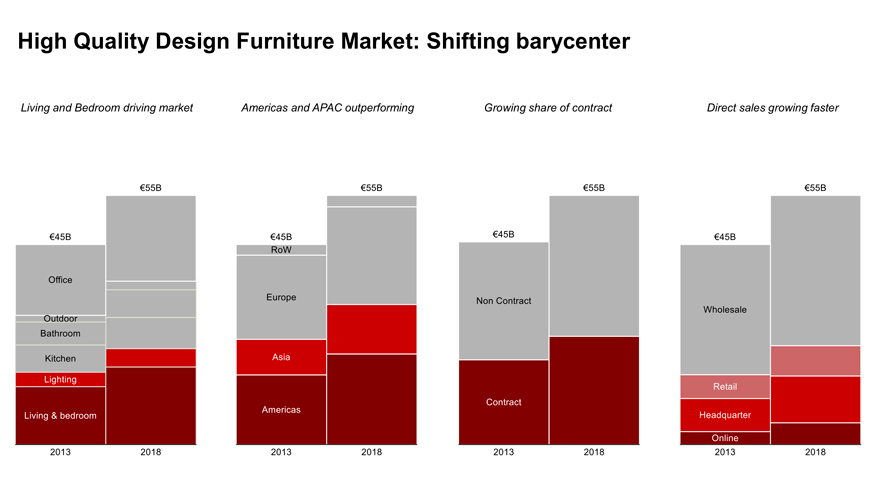
Finally, D’Arpizio’s closing consideration: “Trends – she said – are trends. Which means that they are forecasts, but the independent variables depend on the strategies and actions of the companies. However, it emerges that, while 5-year plans are necessary for companies, 5 years may represent a long time span for a product. Even more necessary are continuous experimentation and improvement of existing products. Of course it is not easy for a furnishing company but, for example, it is possible to test a new service in some stores, the top 10, see if it works and then decide to keep offering it or not. The same can be done with products: it is not always necessary to invent, sometimes improving is enough. Some companies already do this and it is a growing trend along with a relationship with the customer as direct as possible. [Text Roberta Mutti]






